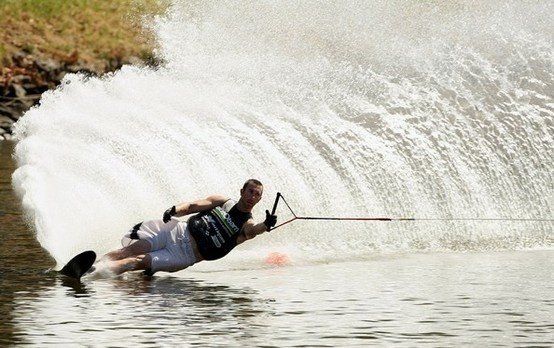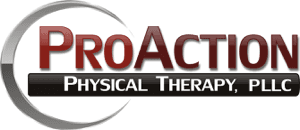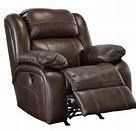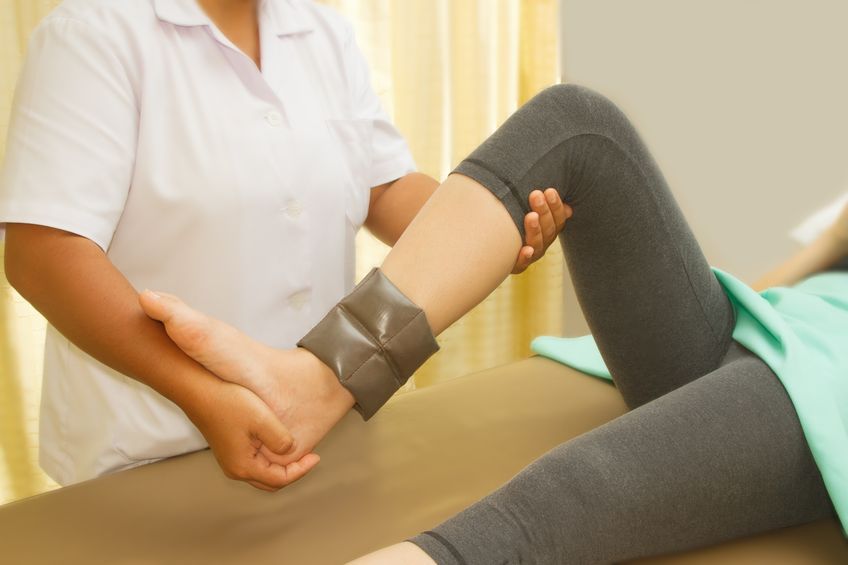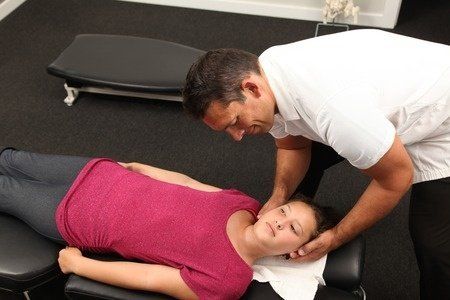The PT becomes the Patient: Day of Surgery and One Week Post-Op
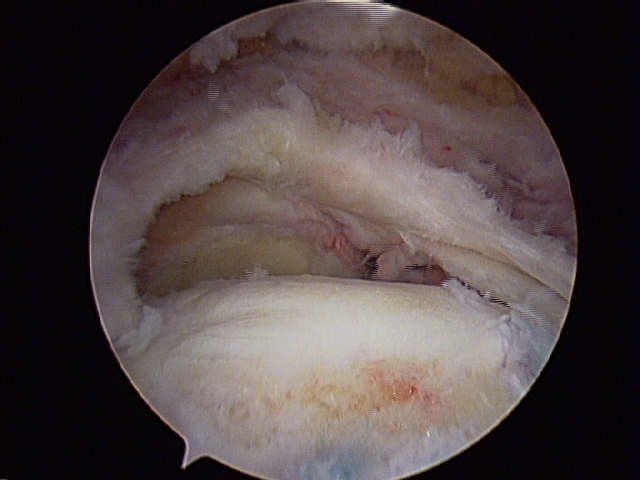
Surgery for my right shoulder repair was scheduled in Seattle at the Swedish Surgical Center at 10:30am. Traffic (unusually…) was a breeze, and we were down there with plenty of time to check-in to the surgical center, and relax a bit before being called back by one of Dr. Khalfayan’s surgical RN’s. Of course with going under anesthesia, you cannot ingest any food or fluids after midnight the day before surgery, so I was very thankful that we could schedule the surgery for earlier in the day. Still, it never fails, that morning the smell of espresso sure makes you consider what you know that you cannot have!
After all the vitals were taken, Dr. Khalfayan came in and met with Tamsie (my wife) and I to go over the last minute details, and was politely confident in all that needed to be done. After getting situated on the table, next thing I knew, it was 2-1/2 hours later, and I was waking up from a nice nap…just with a large sling and bolster on my right arm.
I will tell you this…the day of the surgery really was quite an easy experience. Having the Scalene block for surgery, after coming out of anesthesia, I really had no pain in my shoulder, as my whole shoulder and arm/hand were completely numb. Now, having seen a multitude of post-operative shoulder patients over the years of my practice, I knew what was to come…the Block will wear off! I was very fortunate as the Block lasted until around 8-am the day after surgery. That is when things become very uncomfortable. I had done as instructed and kept on my 4-hour dose of pain medication, but personally found the pain medication really didn’t do much to stop the persistent aching, it just alleviated the sharp pains that occurred randomly. I also found that the pain meds didn’t help me sleep, as they had a bit of the opposite affect and I found them to keep me very alert and awake. So, after 3 days of not really sleeping in the recliner, I tried changing to Tylenol, and changing back/forth between the recliner and propped on the couch, which allowed for 2 hours of sleep roughly at a time. As with most patients, the common complaint after shoulder surgery is not being able to rest/sleep very affectively. I now can personally attest to that statement; it is very difficult to find comfortable positions. Part of this is due to the aching, part of it is (I believe) due to trying to sleep somewhat sitting up in posture, and not being able to change positions due to the sling/bolster and the position of the affected shoulder. Most of us will change positions frequently as we sleep, so to try to sleep static is quite unusual. Still, with all of it, my wife has been a “trouper” and sleeping down on the couch near me…my “thanks” to her will not nearly be enough to show the gratitude that I have for all of the sacrifice she has made for me to go through with this procedure.
For my next Blog, I will go through the 1-week follow-up visit, as well as into week 2 post-op.

